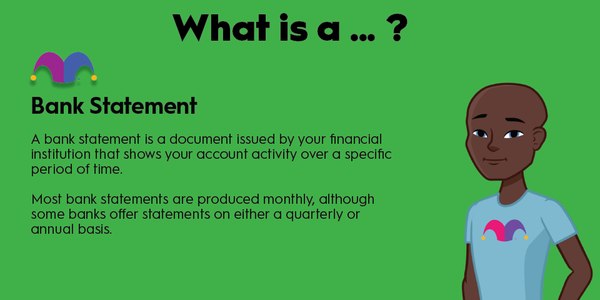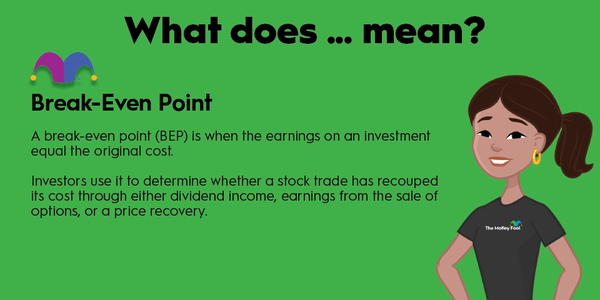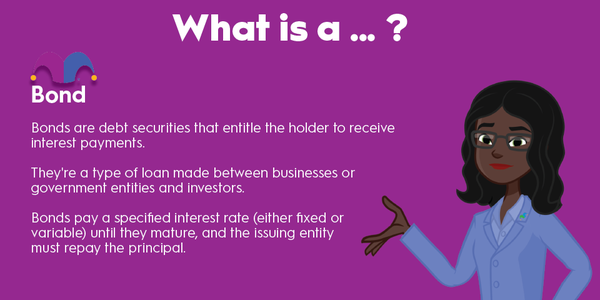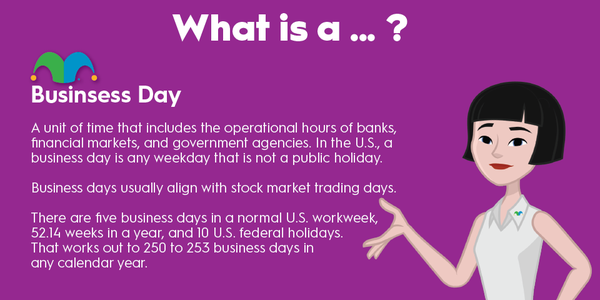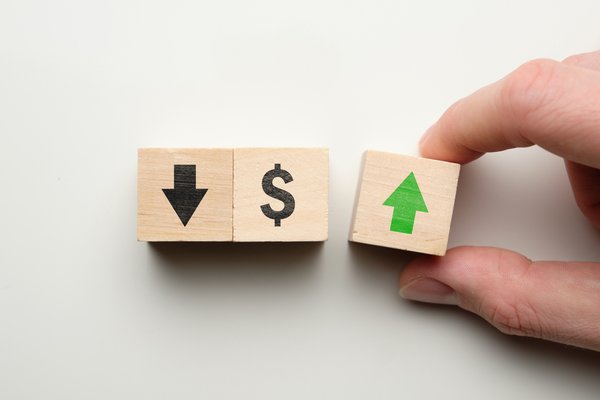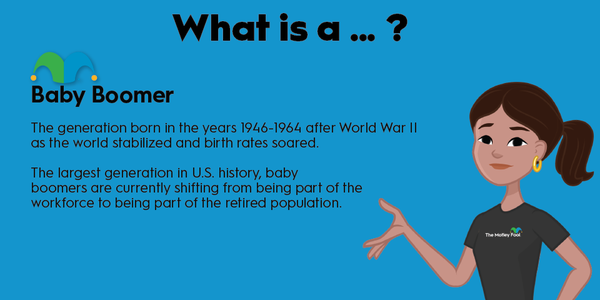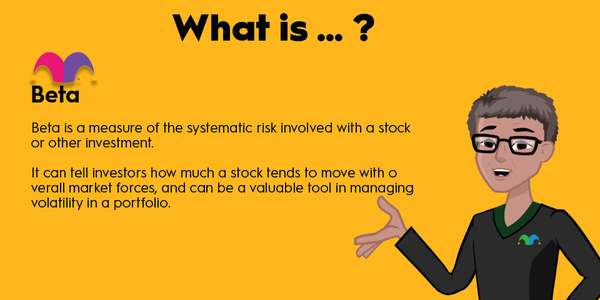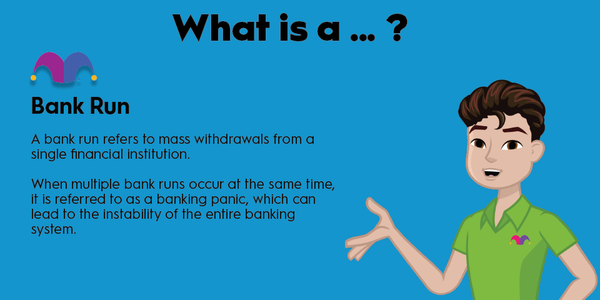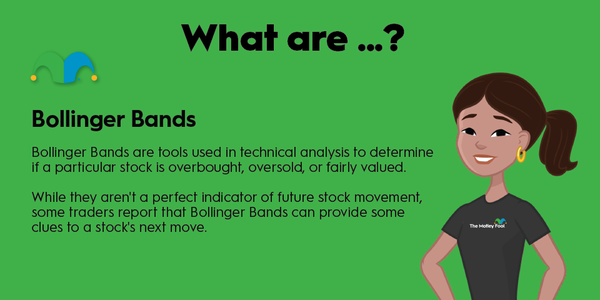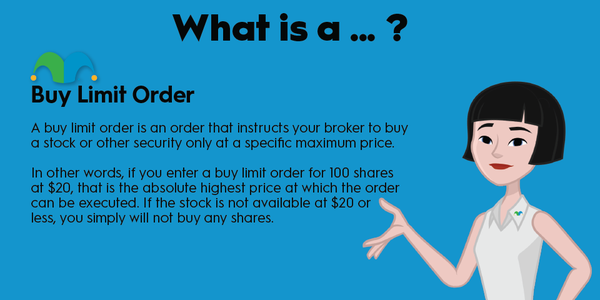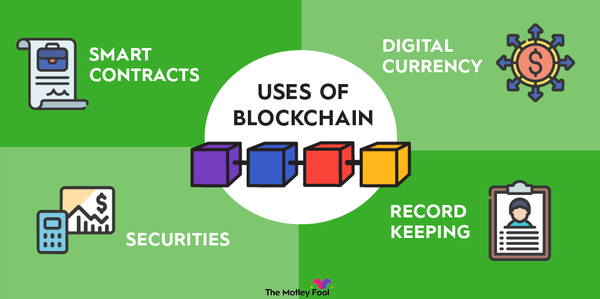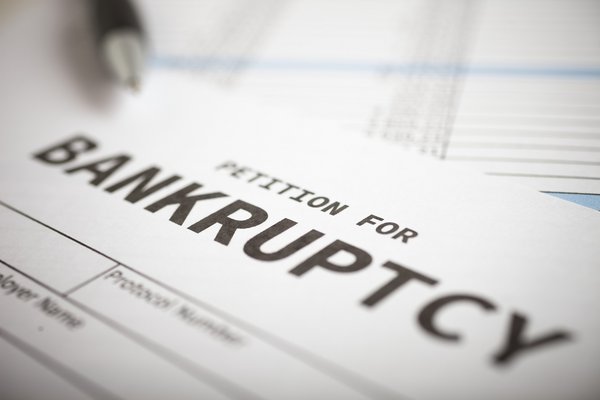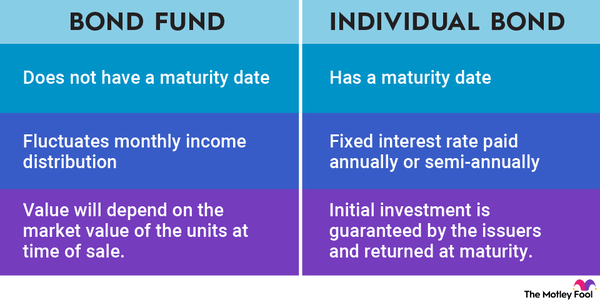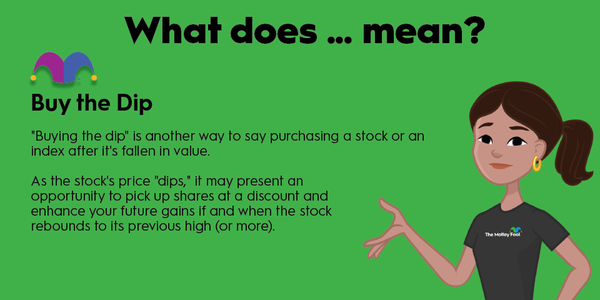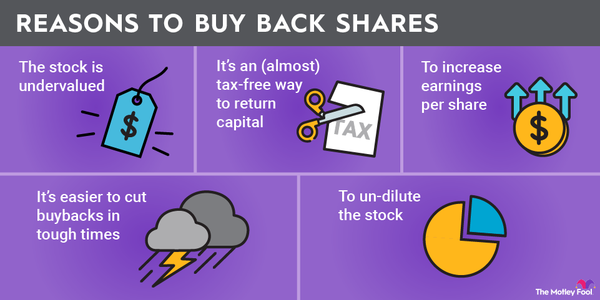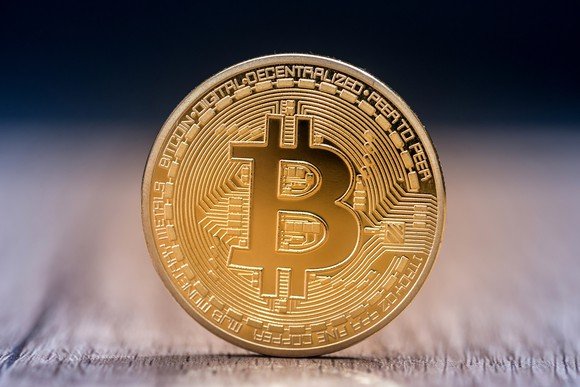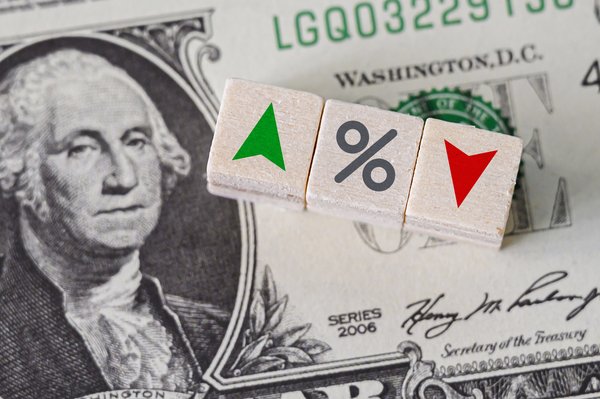It is common knowledge among investors that a bull market is one in which stocks have gone up, and a bear market is one in which stocks have fallen. But what exactly defines a bear market?

Let's take a look at the actual definition of a bear market, what causes a bear market to occur, the difference between a bull market and a bear market rally, and other key concepts investors should know.
What is a bear market?
What is a bear market?
A bear market is typically defined as a 20% drop from recent highs. The most common usage of the term is to refer to the S&P 500's performance, which is generally considered a benchmark indicator of the entire stock market.
However, the term bear market can be used to refer to any stock index or to an individual stock that has fallen 20% or more from recent highs. For example, we could say that the Nasdaq Composite plunged into a bear market during the bursting of the dot-com bubble in 1999 and 2000. Or, let's say that a particular company reports poor earnings, and its stock drops by 30%. We could say that the stock's price has fallen into bear market territory, even if the overall market is doing fine.
The terms bear market and stock market correction are often used interchangeably, but they refer to two different magnitudes of negative performance. A correction occurs when stocks fall by 10% or more from recent highs, and a correction can be upgraded to a bear market once the 20% threshold is met.
Causes of a bear market
Causes of a bear market
The usual cause of a bear market is investor fear or uncertainty, but there are a multitude of possible causes. While the global COVID-19 pandemic caused the 2020 bear market, other historical causes have included widespread investor speculation, irresponsible lending, oil price movements, over-leveraged investing, and more.
Bear vs. bull
Bear vs. bull
A bull market is essentially the opposite of a bear market. Bull markets occur when there is a sustained rise in stock prices, and they are typically accompanied by elevated consumer confidence, low unemployment, and strong economic growth.
Generally speaking, a bull market is defined as a 20% rise from the lows reached in a bear market, but the definition isn't as strict as that of a bear market. Investors typically mark the start of a bull market at the market bottom of a bear market, and as a result, you generally won't know we're in a bull market until it's already well underway. For example, the S&P 500 reached the lows of the financial crisis in March 2009, so that is considered the start of the bull market that lasted until early 2020.
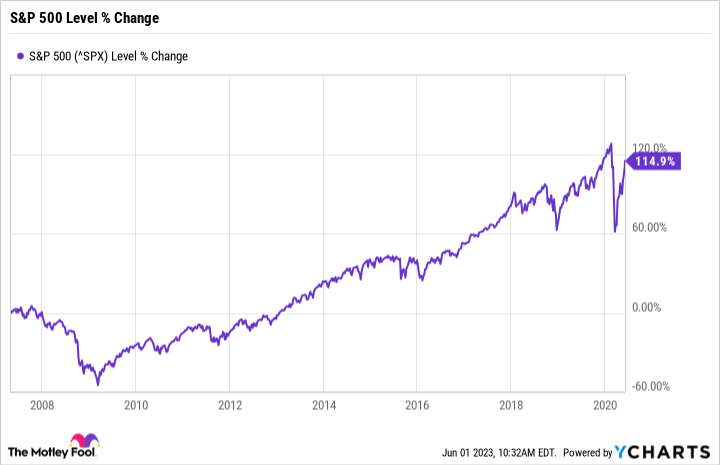
To be precise, two things generally need to occur before a new bull market can be declared: A recovery of 20% or more from recent bear market lows and new all-time highs in the benchmark indexes.
Bear market rally
Bear market rally
One important distinction is the difference between a bull market and a bear market rally. A bull market is a sustained uptrend in stocks -- and one that typically results in new all-time highs being reached.
On the other hand, a bear market rally refers to a rise in stock prices after the plunge into a bear market, but one that is just a temporary rise before stocks fall once again. To envision this concept, consider how the 2007-09 bear market unfolded. After reaching new highs in 2007, the stock market collapsed in 2008 after the subprime lending crisis resulted in several major bank failures. After bailouts were announced in late 2008, the market started to rise, but it ultimately reversed course and reached fresh bear market lows in March 2009.
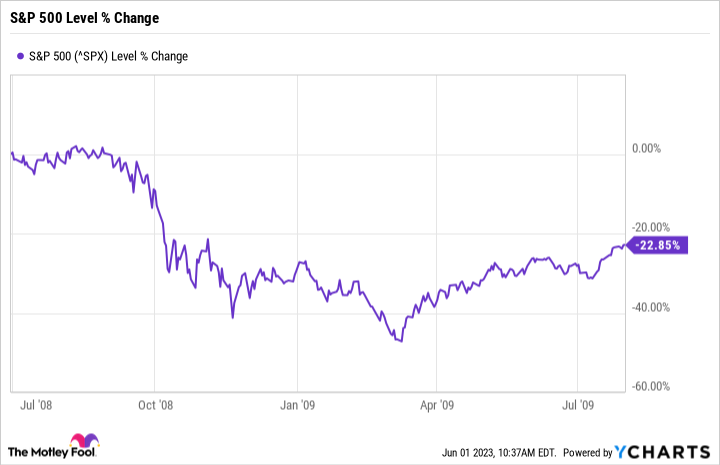
How to invest in a bear market
How to invest in a bear market
Bear markets can certainly be scary times for investors, and nobody enjoys watching the value of their portfolios go down. On the other hand, these can be opportunities to put money to work for the long run while stocks are trading at a discount.
With that in mind, here are some rules you can use for investing in a bear market the right way:
- Think long term: One of the worst things you can do in a bear market is make knee-jerk reactions to market movements. The average investor significantly underperforms the overall stock market over the long run, and the primary reason is moving in and out of stock positions too quickly. When stocks plunge and seem as if they'll keep falling forever, it's our instinct to sell "before things get any worse." Then, when bull markets happen, and stocks keep reaching new highs, we put our money in for fear of missing out on gains. It's common knowledge that the main goal of investing is to buy low and sell high, but by reacting emotionally to market swings, you're literally doing the opposite. Invest in stocks that you want to own for the long run, and don't sell them simply because their prices went down in a bear market.
- Focus on quality: When bear markets hit, it's true that companies often go out of business. One of my all-time favorite Warren Buffett quotes is, "When the tide goes out, that's when we find out who has been swimming naked." In other words, when the economy goes bad, companies that are overleveraged or don't have any real competitive advantages tend to get hit the hardest, while high-quality companies tend to outperform. During uncertain times, it's important to focus on companies with rock-solid balance sheets and clear, durable competitive advantages.
- Don't try to catch the bottom: Trying to time the market is generally a losing battle. One thing to keep in mind during bear markets is that you aren't going to invest at the bottom. Buy stocks because you want to own the business for the long term, even if the share price goes down a little more after you buy.
- Build positions over time: This goes hand in hand with the previous tip. Instead of trying to time the bottom and throwing all your money in at once, a better strategy during a bear market is to build your stock positions gradually over time, even if you think prices are as low as they're going to get. This way, if you're wrong and the stock continues to fall, you'll be able to take advantage of the new lower prices instead of sitting on the sidelines.
Related investing topics
Bear market examples
Bear market examples
Bear markets are quite common. Since 1900, there have been 34 of them, including the one that started in 2022, so they occur every 3.6 years on average. Just to name the most recent notable examples:
- 2000-02 Dot-com crash: Growing use of the internet in the late 1990s led to a massive speculative bubble in technology stocks. While all major indices fell into bear market territory after the bubble burst, the Nasdaq was hit especially hard: By late 2002, it had fallen by about 75% from its previous highs.
- 2008-09 Financial crisis: Due to a wave of subprime mortgage lending and the subsequent packaging of these loans into investable securities, a financial crisis spread across the globe in 2008. Many banks failed, and massive bailouts were required to prevent the U.S. banking system from collapsing. By its March 2009 lows, the S&P 500 had fallen by more than 50% from its previous highs.
- 2020 COVID-19 crash: The 2020 bear market was triggered by the COVID-19 pandemic spreading across the world and causing economic shutdowns in most developed countries, including the U.S. Because of the speed at which economic uncertainty spread, the stock market's plunge into a bear market in early 2020 was the most rapid in history.
- 2022-? Bear market: After a prolonged period of low inflation and near-zero interest rates led to a rapid rise in stock valuations (especially growth stocks), inflation started to spike, and the Federal Reserve was forced to aggressively raise rates to bring it under control. This led to a bear market in stocks, which was exacerbated by a slowdown in consumer spending and several high-profile bank failures, which led to concerns about bank runs.


